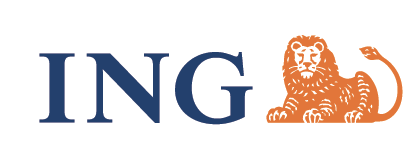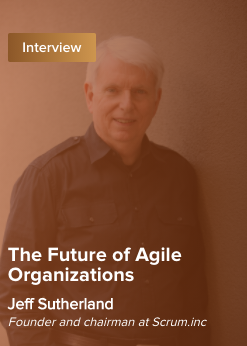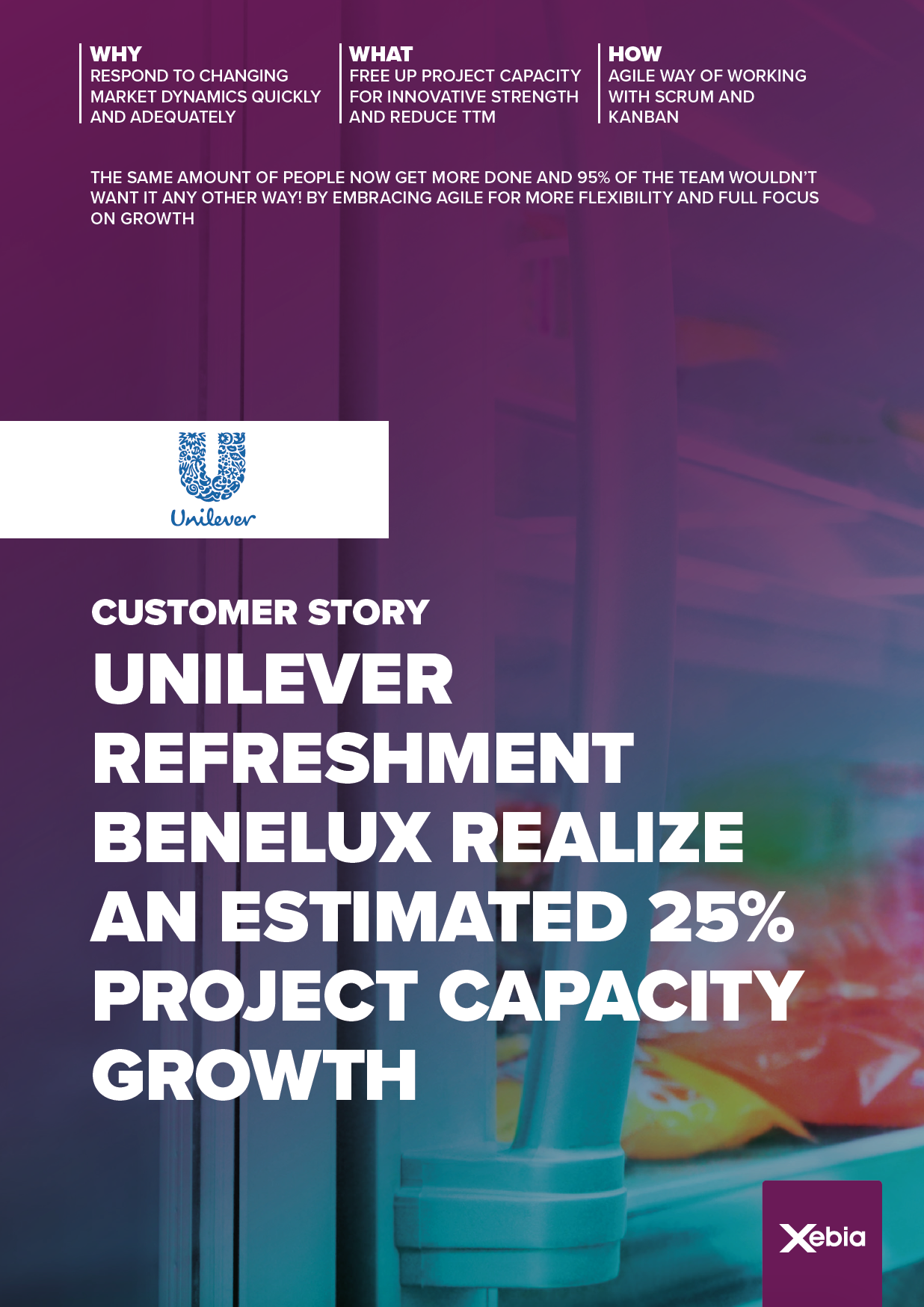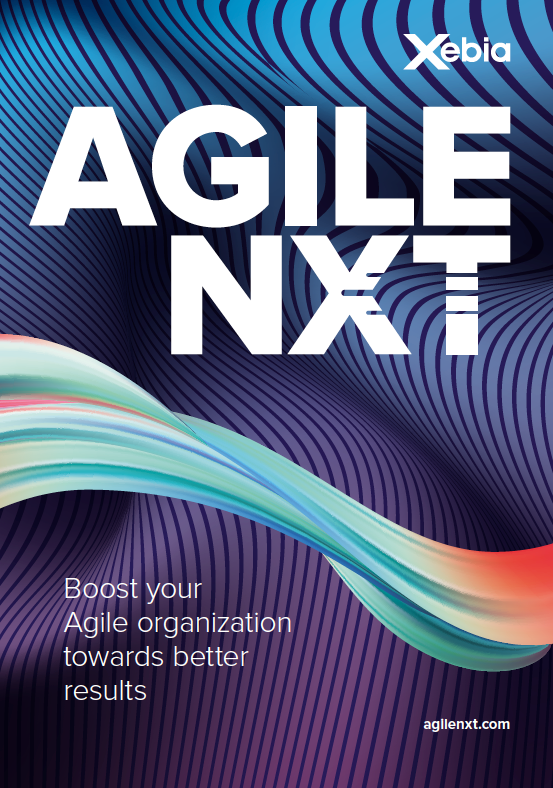
Agile Consulting / Customer Story
Agile Transformation at ING
ING strives to continuously exceed customer expectations by responding to developments in the market. However, delivering value from the forefront requires ongoing innovation, both in the bank’s products and services for consumers and businesses, and in its way of working. “Anyone who wants to take the lead in this segment must be capable of bringing improvements to new products and services in the market very quickly,” explains Arnout Bloys van Treslong, the tribe lead responsible for Tribe Experience Private Banking and Investing at ING. “The ability to implement changes quickly is also fundamental.”
Why
Enable continuous innovation of products and services
What
A companywide Agile Transformation
How
Bring IT and Business together with multidisciplinary teams
Agile made ING faster, more customer-oriented and reduced costs
ING instigated a company-wide transformation, empowering multidisciplinary teams to deliver relevant products quickly and with more flexibility, and to offer customers a distinctive experience. Technology and innovation played an essential role in realizing this objective.
Deliver short-cycle
In the Netherlands, ING introduced the Agile methodology as its way of working in the summer of 2015, taking inspiration from companies such as Spotify, Netflix, and Google. It has been mostly Agile since and was the first bank to embrace this way of working throughout the entire company. This step was revolutionary and deliberate Arnout Bloys van Treslong explains, “Agile offers you the possibility to realize, in short iterations, a vision that is tangible for customers. At the same time, because of the high degree of transparency, Agile places importance on choices not to make in business. That’s also very valuable.”
“Unlike many other organizations and processes, Agile is not primarily an IT affair at ING,” says Rik de Groot, an Agile transformation consultant at Xebia who was involved in implementing the new working method from the start. “Agile includes a total organizational change,” he explains. “So, the most important factor behind ING’s achievement is that the entire management believed in it.”
Xebia and ING management trained and supervised approximately one hundred and twenty Agile coaches who worked together and with staff to implement the new way of working. The transition involved the creation of thirteen tribes, a multitude of self-organizing squads with end-to-end responsibility for specific client-oriented assignments, as well as several centers of expertise. The tribe leads and chapter leads were responsible for distinct areas of expertise and personally supported by Xebia consultants.
"Anyone who wants to take the lead in this segment must be able to bring improvements to new products and services to the market very quickly."
Arnout Bloys van Treslong, Tribe Lead Experience Private Banking and Investing
Way of Working make bank more relevant to the customer
Impact and agility
The redesign into omnichannel (RIO) strategy positions ING well for the future. “The ‘big techs’ and the ‘fintechs’ will soon become our competitors,” says Heidi van Eijk, tribe lead of Experience Daily Banking. “That’s why we need to become faster and improve our agility.” On discussing her responsibilities as the daily face of ING to the customer, van Eijk adds “The challenge here is to create a culture and working method that makes it possible to develop faster, more adequately and with more customer-oriented focus. To do this, we had to reduce the number of internal handovers and obstacles greatly.”
ING accomplished this reduction by introducing an Agile methodology based on multidisciplinary teams with end-to-end responsibility (squads), that worked as a subset of a larger tribe. “The crux is that business and IT do it together,” says van Eijk. “This collaboration brings new products and services to the market faster on the basis of customer needs. You need both customer journey experts and IT staff within a squad to accomplish this goal. This multidisciplinary approach is also excellent for quickly testing whether improvements or new customer propositions are striking in the market because it allows you to get immediate feedback and develop further based on that feedback.”
Results
-30%
Personnel costs
3500
professionals trained
100%
Implementing and coaching the Agile Way of Working
Data Native Organization
Data-driven
The new organization is pre-eminently data-driven. Robert-Frank Hofl and is lead of One Analytics, the tribe that analyzes customer data and builds predictive models. “As One Analytics, we do three things. First, we ensure that we provide the right data for all the tribes, so that we can make the entire company more data-driven. We also make our communication more personal and relevant to the customer and build forecasting models. The goal is to serve the customer better and thus, bind them to ING.” Forward planning is one example of this concept in practice. Arnout Bloys van Treslong elaborates, “It allows customers to see the consequences of decisions regarding their managed assets immediately. Obviously, we are striving for an optimal user experience.” Heidi van Eijk mentions instant lending as another illustration which allows existing ING customers to apply for a loan within two minutes. The amount of the requested loan is then directly applied to the payment account. “It’s possible because we already have all of the customer’s data if they already bank with us,” explains van Eijk. “So sending out a pay slip is no longer necessary. These are big changes that greatly improve the customer experience.”
Challenges
Of course, there were challenges. For ING it was a signifi cant process, with about one-third of jobs disappearing. Another difficulty was that everything had to be done in a short period that involved a new way of working, coaching, and training hundreds of people. The guidance from Xebia was, according to Robert-Frank Hofland, distinctive on a few aspects. “First of all, Xebia provided support for the Agile coaches because some of the people we’d previously taken on were not that experienced with Agile. Xebia also assisted in guiding the tribe leads, especially in the development of serving leadership. They warned and reminded us that we had to stay alert, monitor and give confi dence. Xebia helped tremendously to make the Agile transformation a success.” Rik de Groot elaborates, “As Xebia, we stimulated the transformation and also helped secure knowledge within the organization. But once a customer organization achieves the ‘being Agile’ phase, we take a step back. People can do it themselves.”
Faster and better
Meanwhile, as an organization, ING has indeed become faster, more customer-oriented and increased their agility. The time-to-market has improved considerably, especially the routes that are taken up within the scope of a squad. Heidi van Eijk describes some specific improvements, “In the past, the turnaround time of a development process for a marketing campaign or brand activation was ten to sixteen weeks. Now it’s only two or three weeks.” Robert-Frank Hofland adds more, “We have the same output, but at lower costs and with fewer people.” And Arnout Bloys van Treslong agrees, “We are moving in the right direction. The organization will benefit from this in the coming years, and customers will notice the difference.”
Related Content
Digital Transformation & Business Agility
We help you to turn your strategy into reality and make sure you become one of the digital winners of tomorrow.
Take back control of your business transformation.
Our extensive experience in this industry enables us to quickly recognize digital and Agile challenges and provide best-in-class solutions to help you achieve your goals. Our global network of experts offers the best of both worlds: strategic advice and execution power.



